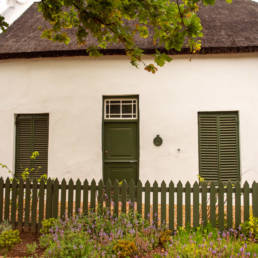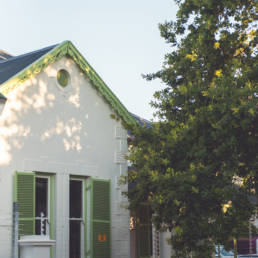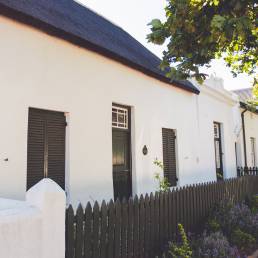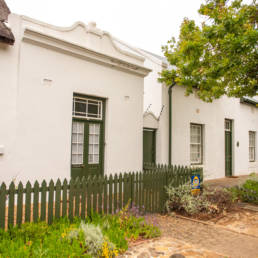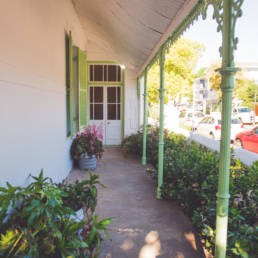About
The Homes
The Trust is custodian of a cluster of historical houses that contribute to a unique streetscape. From the outside they are buildings of undoubted architectural interest, but from the inside they have been homes for generations and for the most part continue to ensure the residential character of the street through leases administered by the Trust through a managing agent.
What makes a house into a home? It happens when people live there, as did Dorothy and Charles Johnman, and make it their place of safety and sanctuary, where there is love and laughter, family relationship and friendship. Homes are central to the Trust’s conservation mandate. Part of the richness of the Johnman legacy is to recognize the vibrance and significance of each generation who made homes out of these houses, to understand their lives and ever-changing context and interpret how their experience contributes to present and future experience.
The physical context of these homes within the historic core of Stellenbosch heightens their heritage significance. Their survival is a miracle. Along with properties on The Braak and in Dorp Street, the Trust properties in Herte Street and Market Street present the town’s best-preserved collection of adjacent buildings of historical interest accessible to be viewed and enjoyed by visitors and townsfolk alike.
One enters Herte Street from the bustle and business of the town’s oldest thoroughfare, Dorp Street, oak-lined and graced with many lovely old buildings whose preservation gives dignity to newer additions that compete for prime locations. For most of its length, Herte Street itself presents an intimate and inviting prospect: along its western side an almost unbroken ‘street wall’ of a dozen or more dwellings in village vernacular, while on the opposite pavement a wide walkway follows the long, whitewashed garden walls under a shady canopy of oaks. At the other end of Herte Street, one enters Market Street to find, all within easy walking distance of one another, numerous significant buildings such as the Toy Museum, Krijthuis, Van der Bijl House, Burgher House, Coachman’s Cottage, the Rhenish Complex and St Mary’s Church.
Each of the Johnman properties has its own history, whether as vegetable storeroom, converted stables, coach house or modest cottage. These were owned and occupied variously by generations of the same family, passing ultimately into the possession of Dorothy Johnman. Sadly, some structures of significance were lost to demolition and development, including the Reverend Hahn’s parsonage that would have been the piece de resistance of the street, had it survived. A lesson that prompted Dorothy to have all her properties declared historical monuments in the 1970s.
Undoubtedly, by determining that her own home ‘Camido’ would continue to be the home of music-making, Dorothy Johnman made sure that her heartbeat of love for garden, home and music would give life to the expanding circle of friends her vision still inspires, young and old.


